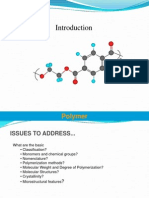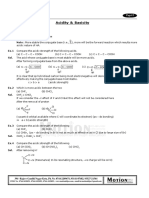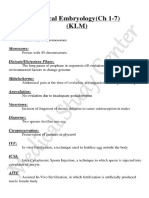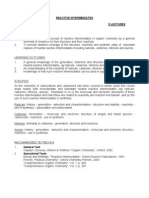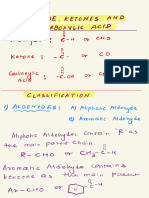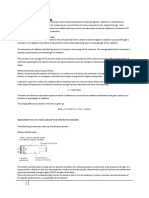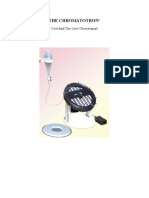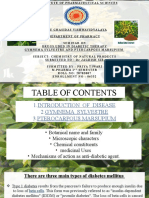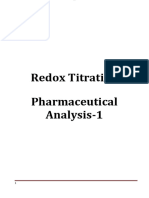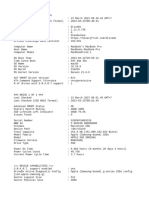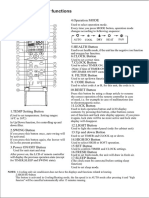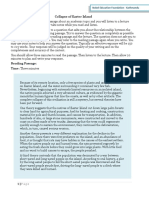0% found this document useful (0 votes)
203 views24 pagesAldehydes and Ketones: Properties and Reactions
Aldehydes and ketones are collectively known as carbonyl compounds. They contain a carbonyl functional group (C=O) and can be distinguished based on their structures and reactions. Aldehydes are prepared by oxidizing primary alcohols, while ketones are prepared by oxidizing secondary alcohols. Common tests to distinguish between aldehydes and ketones include dichromate, Fehling's, and silver mirror tests. Aldehydes and ketones can both be reduced to primary and secondary alcohols using sodium borohydride or lithium aluminum hydride. They also undergo nucleophilic addition reactions with hydrocyanic acid to form 2-hydroxynitriles.
Uploaded by
Michael Angelo FilomenoCopyright
© © All Rights Reserved
We take content rights seriously. If you suspect this is your content, claim it here.
Available Formats
Download as PPT, PDF, TXT or read online on Scribd
0% found this document useful (0 votes)
203 views24 pagesAldehydes and Ketones: Properties and Reactions
Aldehydes and ketones are collectively known as carbonyl compounds. They contain a carbonyl functional group (C=O) and can be distinguished based on their structures and reactions. Aldehydes are prepared by oxidizing primary alcohols, while ketones are prepared by oxidizing secondary alcohols. Common tests to distinguish between aldehydes and ketones include dichromate, Fehling's, and silver mirror tests. Aldehydes and ketones can both be reduced to primary and secondary alcohols using sodium borohydride or lithium aluminum hydride. They also undergo nucleophilic addition reactions with hydrocyanic acid to form 2-hydroxynitriles.
Uploaded by
Michael Angelo FilomenoCopyright
© © All Rights Reserved
We take content rights seriously. If you suspect this is your content, claim it here.
Available Formats
Download as PPT, PDF, TXT or read online on Scribd
/ 24











